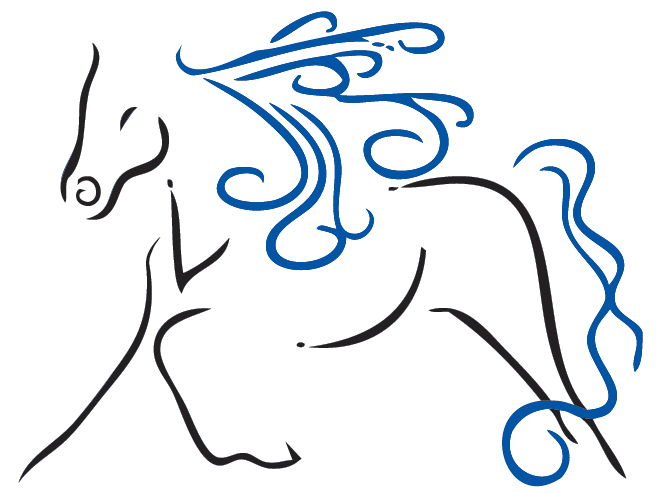Fascia - Connecting It All
Fascia - connective tissue - most of us have heard of it or about it, may even know a little. But when we look at anatomy books, this vital body tissue is missing in most of them.
Texts, diagrams, drawings and even photos focus mostly on either the bony structures and the muscular system. But did you ever wonder:
WHAT CONNECTS IT ALL?
An incredible amount of research has been conducted over the last couple decades on this "Cinderella of body tissue" (Schleipp).
Fascia is the Body System of Stability and
Mechano-Regulation (Varela & Frenk 1987)
During dissections, it has been routinely ignored and even been thrown away. It was, and still is, considered by some nothing more than the "plastic wrap around the muscles" (Myers).
So what does a fresh look and an improved understanding of fascia reveal today?
Fascia not only contains the individual muscles & organs (kind of like holding those tissues in a bag), it also connects the ENTIRE body. From nose to tail, head to toe.
Every cell in the body is hooked into - and responds to - the tensional environment of the fascia (Ingber 1998).
So when your horse trips while landing after a jump; the transmission of those mechanical forces across the ENTIRE fascial net allows your horse's body to respond quickly and to still function.
It is a network of interacting, inter-related, inter-dependent tissue forming a complex whole, all collaborating to perform an integrated movement.
This new view now gives us an opportunity to re-evaluate how we approach training, fitness and enhancing our horse's movement and athletic ability by harnessing this incredible system of connection.
So how does Bodywork and Massage benefit Fascia and its role?
Since it is a total body system, anything happening to one body part, for instance sore hocks, has an effect on the WHOLE system.
Bodywork balances out those forces and the resulting force distribution. It can restore proper function to this incredible system to allow maximum efficiency.
For your horse to move efficiently, to minimize unnecessary muscle output (yes, you heard me right!) and injury, the fascial network must have the ability to adapt to the constantly changing forces and influences our horse faces.
I hope you enjoyed this foray into a topic that is near and dear to my heart and so vital to your horse's health. If you enjoyed reading about it, please share it with your friends and colleagues. Look for the next blog to hear more about how to we can help our horses stay fit.
